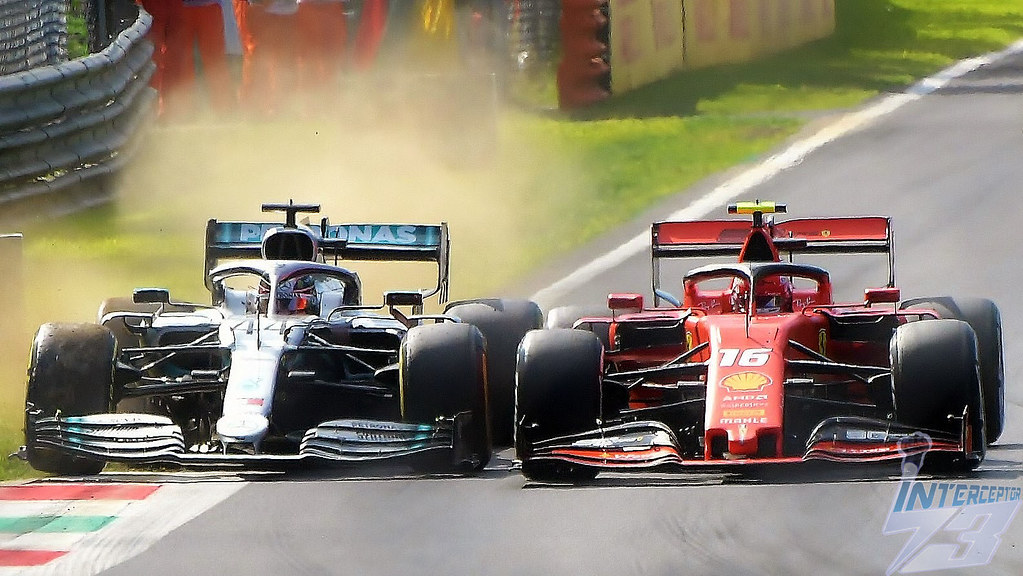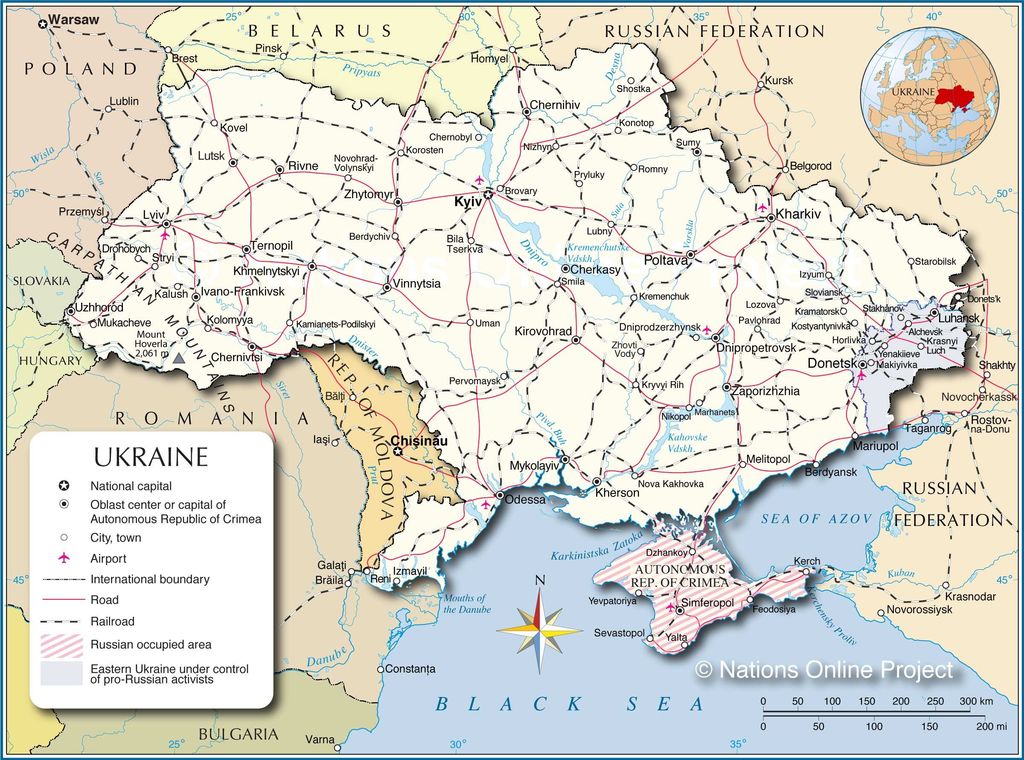
Ukraine’s conflict with Russia has become a catalyst for innovation in naval warfare. Despite starting the 2022 invasion with a virtually nonexistent fleet, Ukraine has managed to transform the balance of power in the Black Sea. This was achieved through a strategic and adaptable campaign using uncrewed surface vessels (USVs), which forced a more powerful Russian navy to retreat and redefined modern maritime strategy.
From Scuttled Ships to Asymmetric Warfare
Before the full-scale invasion, Ukraine’s naval forces were severely limited after Russia’s 2014 annexation of Crimea. The last remaining frigate, the Hetman Sahaidachny, was deliberately scuttled in February 2022 to prevent its capture. From this vulnerable position, Ukraine developed an asymmetric strategy that combined coastal missile systems, small vessels, air support, and, most importantly, sea drones added to its arsenal after 2022.
These unmanned systems quickly became the primary strike weapon at sea, filling a crucial gap. Ukraine’s military intelligence agency, HUR, created a special unit called Group-13 to lead these operations. Since its formation, this unit has reportedly sunk five Russian ships and damaged several others, marking a significant change in naval dynamics.
The Magura V5: A Stealthy New Weapon
The Magura V5, a standout among Ukraine’s USVs, is named after a Slavic goddess of war. Commander Thirteenth, the leader of Group-13, described its advanced features. The vessel, which looks like a small, flat-surfaced motorboat, is designed for stealth. “It doesn’t emit a lot of heat, so it’s almost invisible to thermal cameras,” he explained. “It’s made from plastic, so even radars have trouble detecting it.”
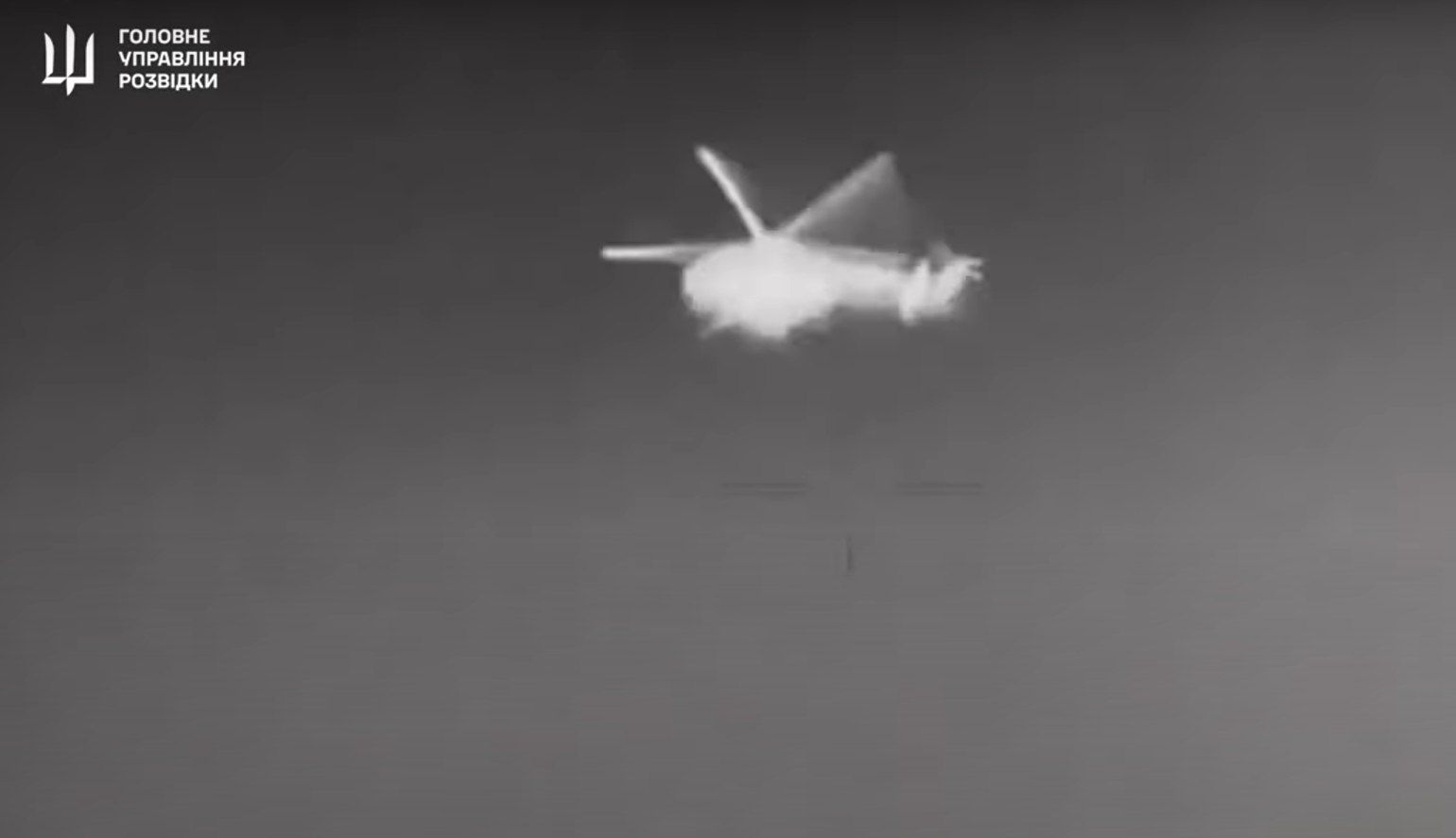
The Magura V5 boasts a claimed range of 800 kilometers (500 miles), placing targets such as the Crimean peninsula and even the Russian coastline within its reach. It can reportedly carry a 250-kilogram (approximately 550-pound) payload, which is sufficient to inflict severe damage on or sink a warship. Its remote control interface, notably, features a red toggle switch for “manual detonation,” underscoring the lethal intent of these autonomous systems.
Operating at speeds of up to 80 km/h (50 mph) and measuring 6 meters (20 feet) in length, the Magura V5 is remarkably difficult to spot, particularly amidst nighttime waves. While Russian electronic warfare systems can attempt to jam signals, Commander Thirteenth asserts that the drones are designed to overcome such countermeasures, though he did not elaborate on the specific methods. The unit’s operational effectiveness was demonstrated in the destruction of the patrol ship Sergey Kotov, a vessel Group-13 had previously damaged twice before finally sinking it on the third attempt.
The genesis of Ukraine’s USV capabilities traces back to the summer of 2022, just months after the full-scale invasion. A small team of four Ukrainian engineers, tasked by the Secret Service of Ukraine to “do something with enemy fleet,” began developing the country’s first maritime drone in great secrecy. This pioneering effort, initially built from a fishing boat, would lay the groundwork for a new era of naval warfare.
Military equipment: MAGURA V5
Caption: MAGURA V5 on a 2024 stamp of Ukraine
Name: MAGURA V5
Type: Unmanned surface vehicle
Origin: Ukraine
UsedBy: Main Directorate of Intelligence (Ukraine)
UnitCost: $273,000
Variants: #Variants
IsVehicle: true
SpecLabel: MAGURA V5
Mass: cvt
Length: cvt
VehicleRange: cvt
Speed: cvt
Guidance: GNSS,Inertial navigation system
PrimaryArmament: R-73_(missile)#Variants
Categories: Articles with short description, Autonomous ships, CS1 Russian-language sources (ru), CS1 Ukrainian-language sources (uk), Ships of the Ukrainian Navy, Short description is different from Wikidata, Ukrainian inventions, Unmanned surface vehicles
Summary: MAGURA (Maritime Autonomous Guard Unmanned Robotic Apparatus V-type) is a class of Ukrainian multi-purpose unmanned surface vehicles (USV) developed for use by the Main Directorate of Intelligence of Ukraine (HUR) and capable of performing various tasks: surveillance, reconnaissance, patrolling, search and rescue, mine countermeasures, maritime security, and combat missions. The Magura V5 was introduced in 2023; the Magura V6P and Magura V7 were added in 2025, the latter being armed with various missiles designed to shoot down enemy aircraft.
Get more information about: MAGURA V5

The development quickly progressed from the experimental Magura V1, a 6-meter hull with a low profile, to the purpose-designed V2, which adopted jet-ski propulsion for an even lower silhouette. The “V” in the designation refers to the deep-Vee hull, with the number indicating sequential versions. Critical to their success was the integration of Starlink, providing reliable, high-data, low-signature two-way communications, enabling human pilots to control drones safely from hundreds of miles ashore.
The potential of USVs became globally apparent on October 29, 2022, when a squadron of improved Magura V3s penetrated Sevastopol Harbour, Russia’s most vital naval base in the Black Sea. Although not all enemy ships were sunk as planned, the attack made it unequivocally clear that Ukraine had developed a potent new capability. The Magura V3, a production-ready version with an approximately 150-kilogram (300-pound) warhead, was a slightly larger design that could be manufactured in secret workshops.
The evolution continued with the Magura V5, which followed the experimental V4. The V5 features a fuller hull to accommodate more fuel and a larger warhead, and has been credited with destroying at least 17 naval targets and damaging 3 more, a significantly higher count than other designs. Subsequent iterations include the larger W6, featuring a “whaler hull” for a wider platform, capable of carrying AA-11 Archer air-to-air missiles or being used for intelligence, surveillance, and reconnaissance (ISR). The even larger V7 is notably recognized for shooting down a Russian Flanker fighter with a Sidewinder missile.
Ukraine’s success with naval drones in this conflict dates back to the 2022 attack on the flagship Moskva, which was severely damaged. This was followed by the SBU, Ukraine’s secret service, conducting drone attacks on the Kerch Bridge and the Port of Novorossiysk. The continuous string of successful drone operations has forced Russia to withdraw the core of its Black Sea fleet from Crimea, relocating vessels further east to Novorossiysk, though even there, they remain within reach of Ukrainian drones.
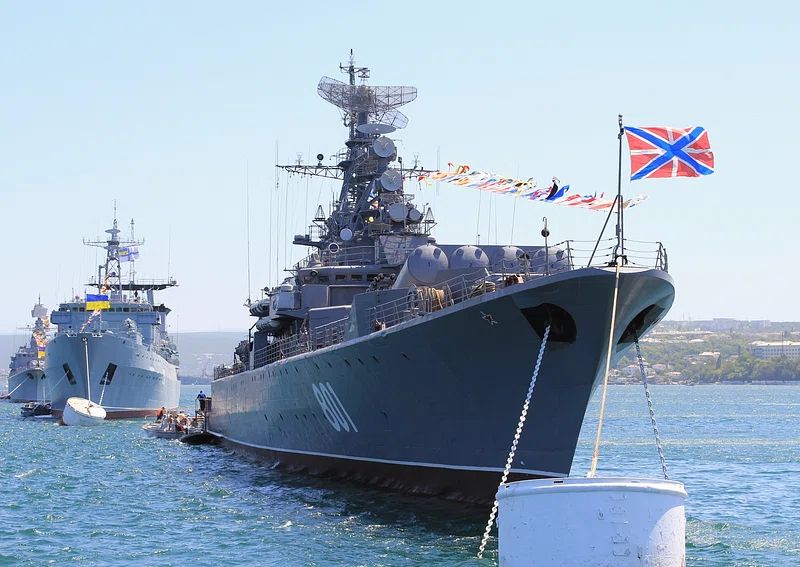
The Evolving Impact of Ukraine’s Drone Campaign
As a direct result of these ongoing attacks, Russian ships now largely steer clear of the Ukrainian coast and spend less time in open waters. Dmytro Pletenchuk, a spokesman for the Ukrainian Navy, pointed out a significant drop in Kalibr cruise missile launches from Black Sea ships, noting that there hadn’t been any for several months leading up to mid-February. This tactical shift highlights just how much Ukraine’s drone campaign has limited Russia’s naval freedom.
The campaign’s success can be broken down into three distinct phases. Phase one, from February to June 2022, was largely defensive, a period when Ukraine seemed powerless at sea. However, the sinking of the RFS Moskva and the withdrawal from Snake Island changed everything, establishing a fragile balance with the help of minefields and coastal defense systems. Phase two, from July to December 2023, saw Ukraine launch bolder raids to isolate Crimea and target Sevastopol. Early efforts struggled with range and reliability, but multi-USV attacks, like the one on Sevastopol harbor in November 2022, showed their growing potential.
A key moment in this phase was the May 2023 attack on the Russian intelligence ship Ivan Khurs, about 120 kilometers northeast of the Bosphorus Strait. A drone traveled 500 kilometers from Ukrainian-controlled territory, navigating contested waters without direct control, getting close enough to provoke defensive fire. This period also included direct hits on Russian ships near their ports, such as the severe damage to the Ropucha-class landing ship RFS Olenegorskiy Gornyak off Novorossiysk in August 2023.
By early 2024, the campaign entered its third, or “defeat,” phase, reaching its highest level of effectiveness. In a six-week period from late January to early March, Ukraine achieved several high-profile successes, sinking the RFS Ivanovets on February 1, the RFS Caesar Kunikov on February 14, and the RFS Sergey Kotov on March 5. These victories proved Ukraine’s ability to strike moving, defended targets, often using ten to twelve USVs at once, with multiple drones breaking through defensive fire to hit the same weak point.
Military equipment: Kalibr (missile family)
IsMissile: true
Name: Kalibr
Caption: An export variant of the missile (mockup)
Origin: Russia
Type: Cruise missile,Anti-ship missile
UsedBy: 3M-54 Klub#Operators
Wars: Syrian Civil War,Russo-Ukrainian War
Manufacturer: Novator Design Bureau,Tactical Missiles Corporation
UnitCost: $980,000 (domestic cost, land-attack version),$6.5 million (export cost, anti-ship version)
ProductionDate: 1994–present
Service: 1994
Engine: Multi-stage,solid-fuel rocket
Weight: Varies on variant, from 1,300 kg-1,780 kg-2,300 kg
Length: Varies on variant, from 6.2 m to 8.9 m
Diameter: (ca. 0.514 m) 0.533 m
Accuracy: GLONASS
Speed: 0.8–2.5–3.0 Mach
VehicleRange: Otvet
Ceiling: 1,000 m
Altitude: above ground level
Filling: 400–500 kg
Guidance: Inertial guidance
LaunchPlatform: naval ship
Categories: Air-to-surface missiles of Russia, All Wikipedia articles in need of updating, All articles with unsourced statements, Anti-ship cruise missiles of India, Anti-ship cruise missiles of Russia, Anti-submarine missiles of Russia, Articles with short description, Articles with unsourced statements from December 2022, Articles with unsourced statements from July 2024, CS1 Russian-language sources (ru), Commons category link from Wikidata, Cruise missiles, Military equipment introduced in the 1990s, Military equipment of the Russian invasion of Ukraine, NPO Novator products, Nuclear cruise missiles of Russia, Post–Cold War weapons of Russia, Short description is different from Wikidata, Submarine-launched cruise missiles of Russia, Surface-to-surface missiles of Russia, Webarchive template wayback links, Wikipedia articles in need of updating from July 2024
Summary: The Novator Kalibr (Калибр, caliber), also referred to as 3M54-1 Kalibr, 3M14 Biryuza (Бирюза, turquoise), (NATO reporting name SS-N-27 Sizzler and SS-N-30A) is a family of Russian cruise missiles developed by NPO Novator (OKB-8). It first saw service in 1994. There are ship-launched, submarine-launched and air-launched versions of the missile, and variants for anti-ship, and land attack use. Some versions have a second propulsion stage that initiates a supersonic sprint in the terminal approach to the target, reducing the time that air defense systems have to react, while subsonic versions have greater range than the supersonic variants. The missile can carry a conventional or nuclear warhead weighing up to 500 kilograms (1,100 lb).
Get more information about: Kalibr (missile family)

As Ukraine’s campaign matured, Russia began to mount a more effective defense, particularly from March 2024 onwards. A layered defense emerged, featuring rotary-wing patrols, electronic warfare systems to jam or spoof guidance signals, and increased UAV surveillance. Russian forces have deployed small arms and kinetic interceptors against USVs at close range, even targeting command and control networks.
In response, Ukraine continued to adapt its USVs with more advanced weaponry and modular designs. In January 2025, a USV armed with an adapted Soviet-era R-73 air-to-air missile shot down a Russian Mi-8 helicopter, a groundbreaking achievement as the first instance of a USV destroying an aerial target. In May 2025, Ukraine stunned the world again by using a Magura V5 USV armed with a US-made AIM-9X Sidewinder infrared-guided missile to shoot down a Russian Su-30 fighter jet, marking the first time a jet aircraft had been destroyed by a naval drone.
Ukrainian forces are also adapting their drones for multi-role capabilities, equipping them with machine guns and even turning them into robotic drone carriers. One of Ukraine’s latest sea drones can launch up to four quadcopter FPV drones and may carry naval mines, enabling complex multi-phase attacks. Ukrainian intelligence has announced upgrades that allow sea drones to carry over a ton of explosives and operate across distances exceeding 1,000 kilometers (about 621 miles).
Kyrylo Budanov, the head of Ukraine’s defense intelligence (HUR), stated, “We completely blocked the Russian Black Sea fleet in the water area near the port of Novorossiysk,” adding that the Russian fleet can no longer operate in open waters. This profound impact stems from the cost asymmetry between inexpensive drones and high-value warships. Roy Gardiner, an open source weapons researcher, notes, “The cost of USVs such as Magura V5 and Sea Baby is about $250,000, which is inexpensive relative to their significant tactical and strategic success.
Military equipment: Rotorcraft
Categories: Aircraft categories, Aircraft configurations, All articles with unsourced statements, Articles with short description, Articles with unsourced statements from July 2018, Commons category link is on Wikidata, Experimental aircraft, Rotorcraft, Short description is different from Wikidata, VTOL aircraft, Webarchive template wayback links
Summary: A rotary-wing aircraft, rotorwing aircraft or rotorcraft is a heavier-than-air aircraft with rotary wings that spin around a vertical mast to generate lift. Part 1 (Definitions and Abbreviations) of Subchapter A of Chapter I of Title 14 of the U. S. Code of Federal Regulations states that rotorcraft “means a heavier-than-air aircraft that depends principally for its support in flight on the lift generated by one or more rotors.” The assembly of several rotor blades mounted on a single mast is referred to as a rotor. The International Civil Aviation Organization (ICAO) defines a rotorcraft as “supported in flight by the reactions of the air on one or more rotors”.
Rotorcraft generally include aircraft where one or more rotors provide lift throughout the entire flight, such as helicopters, gyroplanes, autogyros, and gyrodynes. Compound rotorcraft augment the rotor with additional thrust engines, propellers, or static lifting surfaces. Some types, such as helicopters, are capable of vertical takeoff and landing. An aircraft which uses rotor lift for vertical flight but changes to solely fixed-wing lift in horizontal flight is not a rotorcraft but a convertiplane.
Get more information about: Rotorcraft
Read more about: A Deep Divide: Russia’s Unchanging Stance on Land Control Leaves Ukraine Peace Prospects Bleak
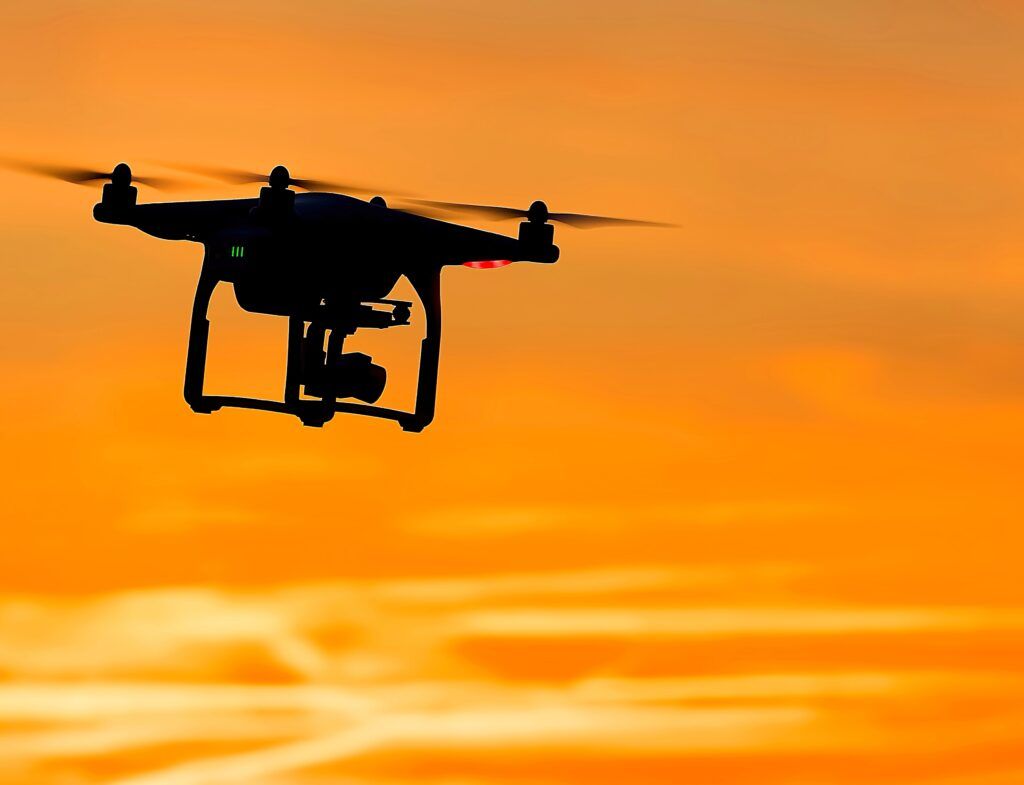
The Evolution of Naval Warfare
The way Ukraine uses these drones has changed a lot. Instead of just a few drones hitting a target, they now use swarms of five or more, with each having a specific job. Their current tactics are a two-part attack: first, a wave of drones hits the engine to stop the ship from moving. Then, others go for the ship’s weakest spots to deliver the final blow. These operations almost always happen at night and are often guided by intelligence, likely from sources within NATO.
The big lesson from this campaign is that no single weapon is the answer. Ukraine’s success comes from a comprehensive strategy that combines the drones with a whole lot more—UAV reconnaissance, long-range missiles, electronic tricks, cyber attacks, and real-time intelligence. This mix creates what’s called a “dilemma cascade,” hitting the enemy with so many different threats at once that they can’t possibly defend against them all.
This whole campaign also shows how important it is to be flexible and to quickly change tactics based on what’s actually working. It’s a completely different way of building naval weapons compared to the usual slow, bureaucratic process. They use a “cookie batch” approach: one batch of drones is out there fighting, another is being built, and a third is already being improved in development. This means they’re constantly getting better, and fast.
The price tag has changed things, too. Now, if a system costs more than about £300,000, it’s considered too expensive to risk losing. This has forced them to focus on speed, modular designs, and constant, small improvements. They’ve realized the real value isn’t just in the drone itself, but in the entire network supporting it—the sensors, the communications, and the ability to adapt. This is all “survival-driven innovation,” where practicality beats bureaucracy and the quest for one perfect, overly complicated machine. It all depends heavily on support from space and on being tough enough to handle advanced electronic warfare and cyberattacks.
Military equipment: Murder Drones
Alt: The text “Murder Drones” in start case, with a stylised “O” resembling a skull
Genre: Action-adventure fiction,Drama (film and television),Science fiction on television,comedy,Post-apocalyptic
Creator: Liam Vickers
Showrunner: Liam Vickers
Writer: Liam Vickers
Director: Liam Vickers
Voices: Elsie Lovelock,Michael Kovach,Nola Klop,Shara Kirby,David J. Dixon,Sean Chiplock,Caitlin Dizon,Emma Breezy,Allanah Fitzgerald,Daisy Rose,Darcy Maguire
Composer: AJ DiSpirito
Country: Australia
Language: English
NumSeasons: 1
NumEpisodes: 8
ExecutiveProducer: Luke Lerdwichagul
Producer: Kevin Lerdwichagul
Editor: Luke Lerdwichagul,Abhignya Cavale
Runtime: 17–26 minutes
Company: Glitch Productions
Budget: Upwards of $300,000
Network: YouTube
FirstAired: [object Object]
LastAired: [object Object]
Categories: 2020s YouTube series, 2021 Australian television series debuts, 2021 web series debuts, 2024 Australian television series endings, 2024 web series endings, All Wikipedia neutral point of view disputes, All articles with unsourced statements, All pages needing factual verification, American animated web series, Animated science fiction web series, Animated television series about robots, Articles with short description, Articles with unsourced statements from May 2025, Australian English-language television shows, Australian animated web series, Comedy horror web series, Dystopian fiction, Fiction about father–daughter relationships, Glitch Productions, Independent animation, Official website not in Wikidata, Post-apocalyptic animated television series, Short description is different from Wikidata, Television series about artificial intelligence, Television series set in the 31st century, Television series set in the future, Television series set on fictional planets, Use mdy dates from May 2025, Web series about robots, Webby Award winners, Wikipedia articles needing factual verification from October 2023, Wikipedia neutral point of view disputes from May 2025, Works set on fictional planets
Summary: Murder Drones is an Australian adult independent-animated web series created, written, and directed by Liam Vickers and produced by Glitch Productions. The series revolves around two factions of autonomous robots—worker drones and disassembly drones—following the extinction of humans on their planet, and a rebellious worker drone who accidentally befriends a disassembly drone. The pilot episode premiered on Glitch’s YouTube channel on October 29, 2021. The remaining seven episodes were released from November 18, 2022 to August 23, 2024. The show made it on to Amazon Prime Video on May 16, 2025. The series received positive reviews from critics for its animation and plot, though its pacing and humour have received criticism. The series received three nominations for a Webby Award in the Best Animated Video category, winning two.
Get more information about: Murder Drones
Read more about: The Weight of War: How Ukraine Became President Trump’s Defining Conflict

Ukraine’s campaign has conclusively demonstrated that uncrewed systems can achieve strategic outcomes. The sinking of capital ships by low-cost, attritable platforms has fundamentally altered Russia’s force posture in the Black Sea, forcing a modern navy into a defensive stance with limited influence on land battles. The Black Sea has become a “battle lab” for real-world experimentation, offering lessons far beyond Ukraine, particularly in sea denial and the effectiveness of numerous, cheap platforms against larger, high-value units.
Rear Admiral James Parkin, the Royal Navy’s director of development, previously believed that larger fleets inevitably win in maritime battles, but Ukraine’s actions have demonstrably changed this paradigm, at least for now. Valerii Zaluzhnyi, Ukraine’s former commander-in-chief, has emphasized that “The nature of modern warfare has changed and continues to change,” and that it is “far from what NATO is now operating.”
Serhii Kuzan, chair of the Ukrainian Security and Cooperation Center, explained that Ukraine’s asymmetric strategy emerged from the understanding that it could not match Russia’s conventional naval strength. Former US Navy Admiral James George Stavridis observed in August 2023, “We’re at a juncture in military evolution akin to the game-changers like Agincourt or Pearl Harbor. Expensive manned surface warships now face existential threats from affordable drones.” The Ukrainian warning that “There are no more safe waters or peaceful harbors for you in the Black and Azov Seas” proved prophetic.
While Russia has begun to deploy its own sea drones and implement a multi-layered defense system around key locations like Sevastopol Bay, Ukraine continues to upgrade its systems. Ukrainian Navy Commander Oleksiy Neizhpapa admits that entering Sevastopol Bay is “not so simple” anymore due to Russian defenses. However, the cost asymmetry remains a critical factor, as Dmitry Gorenburg of the Center for Naval Analyses notes that “even a low success rate will prove highly damaging to naval forces, including Russia.
Military equipment: Uncrewed Systems Research Transition Office
Name: Uncrewed Systems Research Transition Office
Abbreviation: UxSRTO
Logo: Logo of the NOAA Uncrewed Systems Research Transition Office.jpg
Founded: 2005
Dissolved: 2024
Headquarters: Silver Spring, Maryland
ParentOrganization: Office of Oceanic and Atmospheric Research
Purpose: Research
Categories: Government agencies disestablished in 2024, Office of Oceanic and Atmospheric Research
Summary: The Uncrewed Systems Research Transition Office (UxSRTO) was an agency of the United States federal government, tasked with collecting meteorological and environmental data using unmanned aerial vehicles, before it was shut down in March 2024. It was a branch of the Office of Oceanic and Atmospheric Research (OAR), a division of the National Oceanic and Atmospheric Administration (NOAA). The stated goal of the Uncrewed Systems Research Transition Office was “to realize this potential by working with NOAA Line Offices, Federal Agencies, and other stakeholders to advance and enhance UxS application across the breadth of NOAA’s mission areas of climate, weather, oceans, and coasts.
Get more information about: Uncrewed Systems Research Transition Office
Read more about: 14 Unprecedented Ways Ukraine’s Drone Warfare Reshapes Conflict, Investment, and Global Strategy
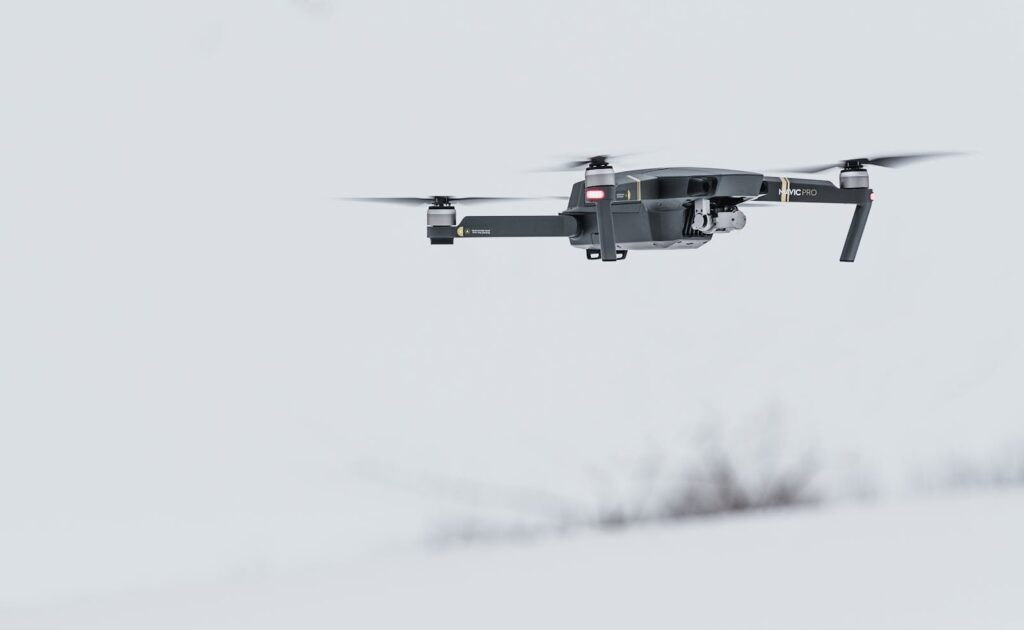
Gregory Falco, an expert on autonomous systems and cybersecurity at Cornell University, makes a key point: when it comes to drones, their sophistication matters less than their sheer scale and low cost. He believes that for drones, “scale is what will help win wars,” a perspective that perfectly explains Ukraine’s success in using cost-efficient, largely disposable systems. Ukraine is also integrating artificial intelligence, with over 90 percent of its military AI technology coming from local developers, including new swarming drone systems.
Mykhailo Fedorov, Ukraine’s minister of digital transformation, sums up their philosophy by saying, “In Ukraine, we fight with innovations made in Ukraine.” He sees their work as a constant process of research and development, where they are always solving logistical problems and looking for solutions “five steps ahead.” Fedorov confidently states that Ukraine is “already the best R&D center for any innovation.” This rapid acceleration in defense technology is what’s driving battlefield breakthroughs in drones, robotics, AI, electronic warfare, and demining systems.
Military equipment: Murder Drones
Alt: The text “Murder Drones” in start case, with a stylised “O” resembling a skull
Genre: Action-adventure fiction,Drama (film and television),Science fiction on television,comedy,Post-apocalyptic
Creator: Liam Vickers
Showrunner: Liam Vickers
Writer: Liam Vickers
Director: Liam Vickers
Voices: Elsie Lovelock,Michael Kovach,Nola Klop,Shara Kirby,David J. Dixon,Sean Chiplock,Caitlin Dizon,Emma Breezy,Allanah Fitzgerald,Daisy Rose,Darcy Maguire
Composer: AJ DiSpirito
Country: Australia
Language: English
NumSeasons: 1
NumEpisodes: 8
ExecutiveProducer: Luke Lerdwichagul
Producer: Kevin Lerdwichagul
Editor: Luke Lerdwichagul,Abhignya Cavale
Runtime: 17–26 minutes
Company: Glitch Productions
Budget: Upwards of $300,000
Network: YouTube
FirstAired: [object Object]
LastAired: [object Object]
Categories: 2020s YouTube series, 2021 Australian television series debuts, 2021 web series debuts, 2024 Australian television series endings, 2024 web series endings, All Wikipedia neutral point of view disputes, All articles with unsourced statements, All pages needing factual verification, American animated web series, Animated science fiction web series, Animated television series about robots, Articles with short description, Articles with unsourced statements from May 2025, Australian English-language television shows, Australian animated web series, Comedy horror web series, Dystopian fiction, Fiction about father–daughter relationships, Glitch Productions, Independent animation, Official website not in Wikidata, Post-apocalyptic animated television series, Short description is different from Wikidata, Television series about artificial intelligence, Television series set in the 31st century, Television series set in the future, Television series set on fictional planets, Use mdy dates from May 2025, Web series about robots, Webby Award winners, Wikipedia articles needing factual verification from October 2023, Wikipedia neutral point of view disputes from May 2025, Works set on fictional planets
Summary: Murder Drones is an Australian adult independent-animated web series created, written, and directed by Liam Vickers and produced by Glitch Productions. The series revolves around two factions of autonomous robots—worker drones and disassembly drones—following the extinction of humans on their planet, and a rebellious worker drone who accidentally befriends a disassembly drone.
The pilot episode premiered on Glitch’s YouTube channel on October 29, 2021. The remaining seven episodes were released from November 18, 2022 to August 23, 2024. The show made it on to Amazon Prime Video on May 16, 2025. The series received positive reviews from critics for its animation and plot, though its pacing and humour have received criticism. The series received three nominations for a Webby Award in the Best Animated Video category, winning two.
Get more information about: Murder Drones

Looking ahead, Ukraine’s future fleet will likely combine Ada-class corvettes, missile boats, and coastal defense systems, with sea drones continuing to serve as the main offensive force. The Black Sea conflict has undeniably showcased how new technology, particularly uncrewed systems, can enable sea denial and reshape naval power dynamics. This is not a wholesale replacement for traditional naval capabilities but a critical, innovative addition to the operational toolkit, underscoring the imperative for global navies to adapt and collaborate in an ever-evolving security landscape.


